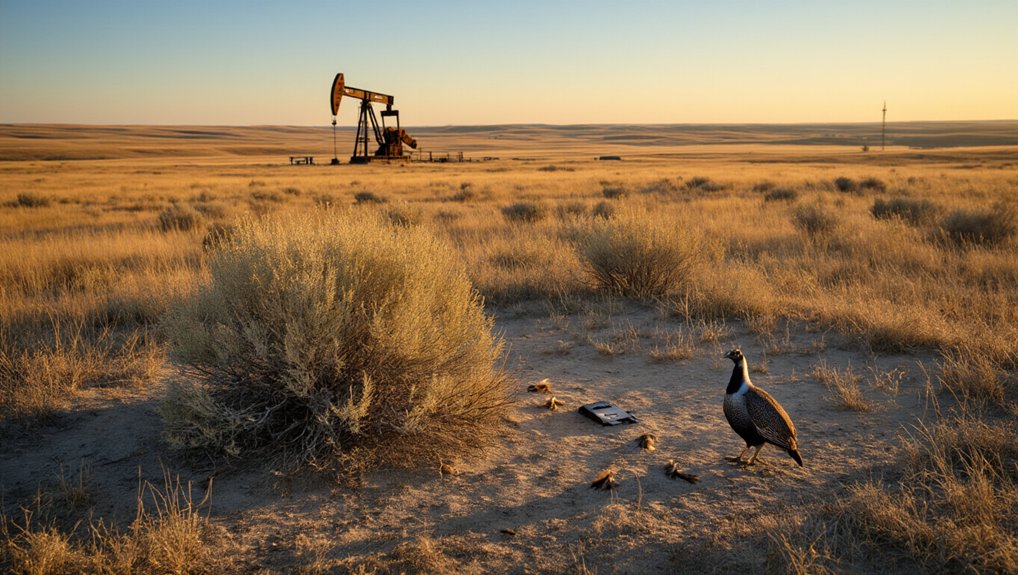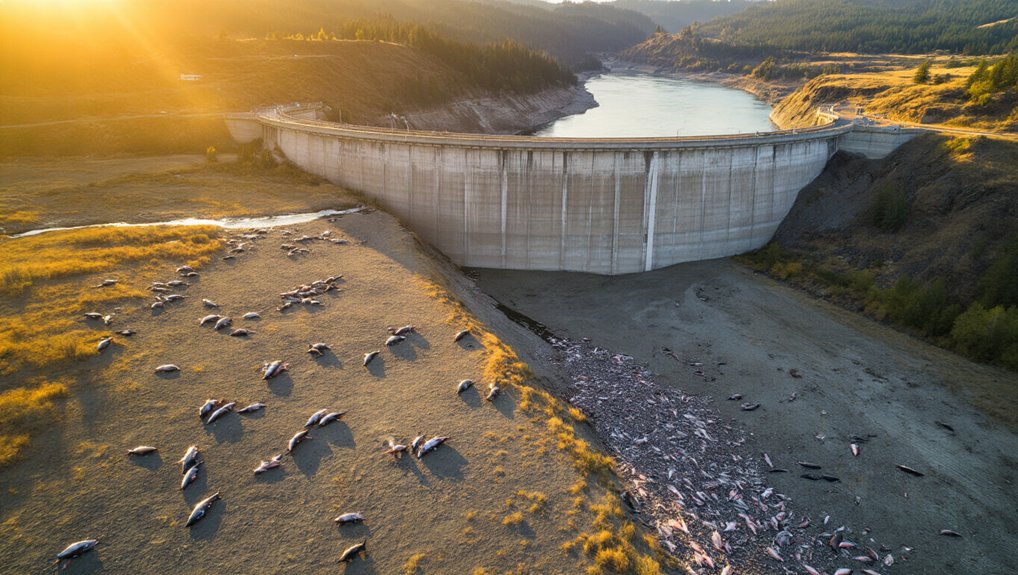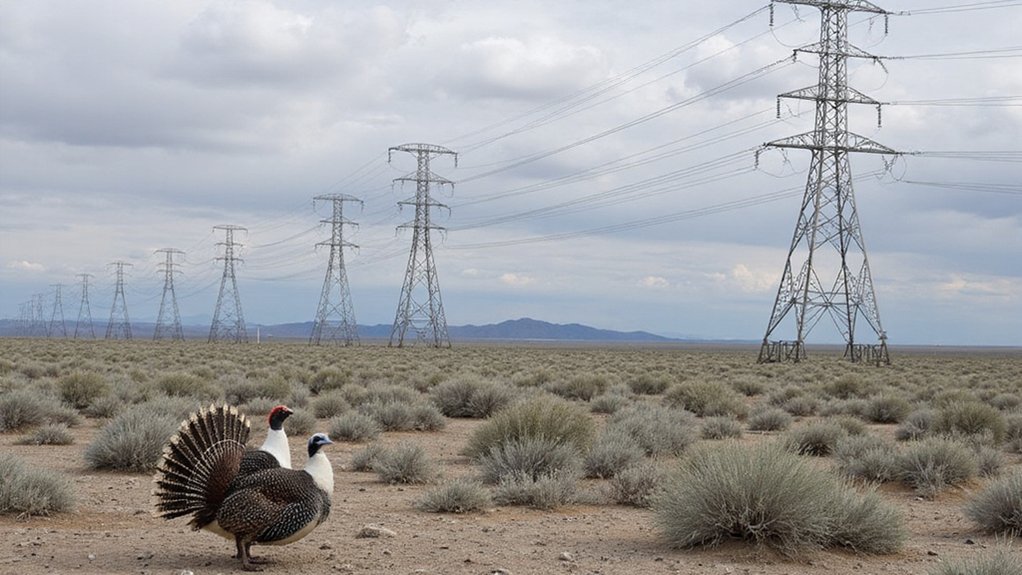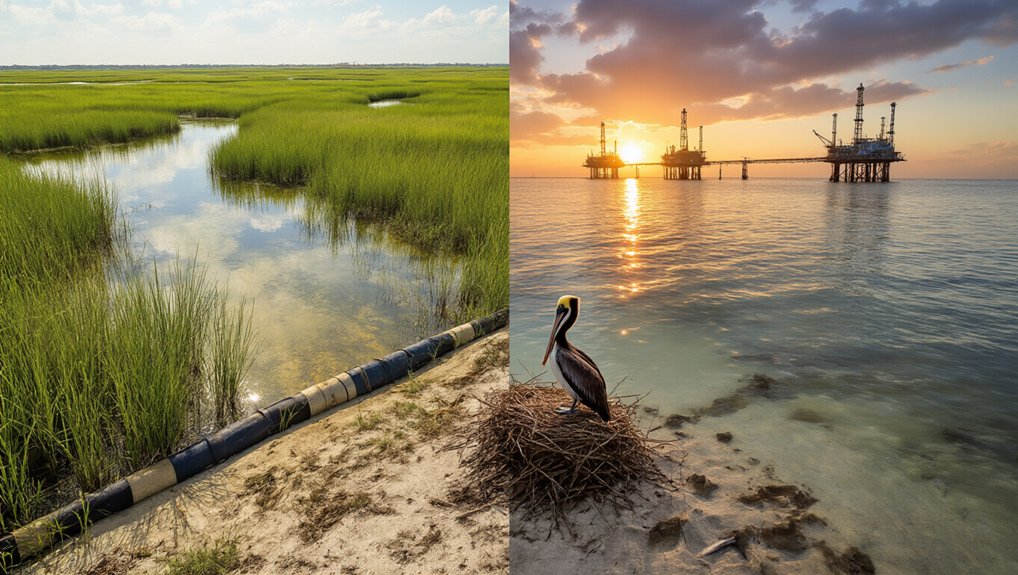While bird enthusiasts and conservationists held their breath during spring surveys, the inevitable finally happened – North Dakota recorded zero male sage grouse at leks for the first time in state history. The species is now officially gone from the state. Kaput. Finished. After years of watching numbers dwindle, wildlife officials confirmed what many feared was coming.
Just think – back in 2007, biologists counted more than 100 males strutting their stuff at leks across southwestern North Dakota. The state boasted 199 males that year. But then came the crash between 2006 and 2008, coinciding with a nasty West Nile virus outbreak that hammered the already vulnerable birds.
The decline wasn’t exactly a mystery. These birds need Wyoming big sagebrush like humans need oxygen – for food, cover, nesting, everything. Too bad all that oil and gas development had other plans for their environment. The birds simply couldn’t adapt fast enough. Their slow reproductive rate didn’t help matters either.
Game and Fish officials tried their best, honestly. They hauled in over 300 sage grouse from Wyoming, even moving entire broods with mother hens to help them settle in. They implemented habitat improvement projects. They closed hunting season indefinitely in 2008. Fat lot of good it did.
By 2023, only 24 males remained at two lonely leks. And now? Zero. Not a single displaying male to be found. The state’s hunting season, which once attracted about 100 hunters annually, had been a small but cherished tradition before its closure. The extinction would mark a historic first since the 1950s for a state losing its entire sage grouse population. North Dakota becomes the first state in decades to lose its entire sage grouse population. Not exactly a distinction worth celebrating.
Wildlife managers remain pessimistic about recovery prospects. Without migration from neighboring states to replenish numbers, the birds are simply gone. The extirpation serves as a blaring warning signal for sagebrush ecosystems throughout the American West.
For other sagebrush-dependent critters, the message is clear: your environment is disappearing, and no amount of last-minute conservation heroics can replace large, undisturbed terrains. The sage grouse’s disappearance from North Dakota isn’t just about one bird – it’s the canary in the coal mine for an entire ecosystem.
References
- https://www.eenews.net/articles/sage-grouse-blink-out-in-burgums-north-dakota/
- https://gf.nd.gov/magazine/2024/may/last-of-the-leks
- https://wildlife.org/watch-north-dakota-sage-grouse-numbers-continue-to-fall/
- https://www.devilslakejournal.com/news/6545/nd-outdoors-the-situation-with-sage-grouse/
- https://theprairieblog.com/2022/01/01/one-more-last-dance-for-the-sage-grouse/









